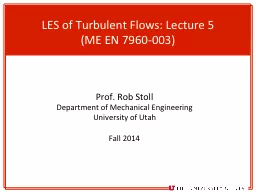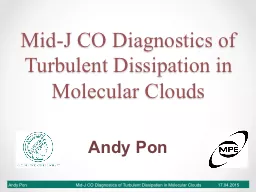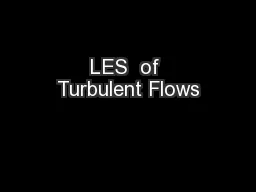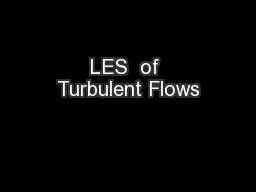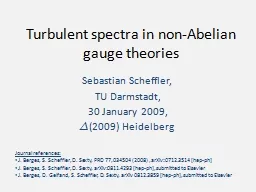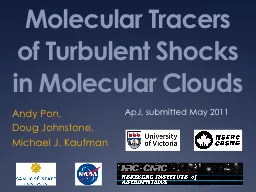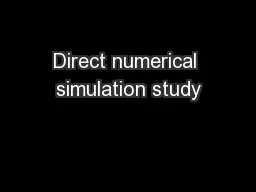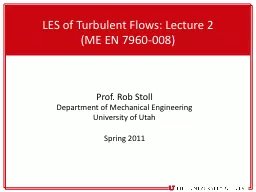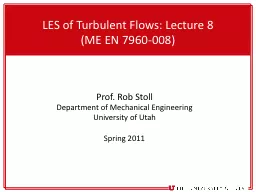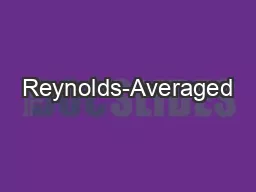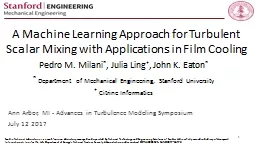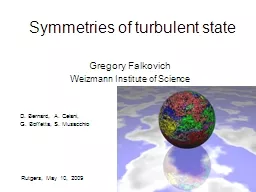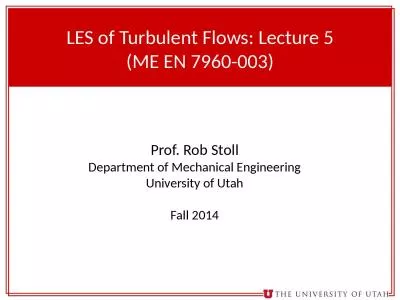PPT-LES of Turbulent Flows
Author : myesha-ticknor | Published Date : 2016-04-18
Lecture 5 ME EN 7960003 Prof Rob Stoll Department of Mechanical Engineering University of Utah Fall 2014 The LES filter can be used to decompose the velocity field
Presentation Embed Code
Download Presentation
Download Presentation The PPT/PDF document "LES of Turbulent Flows" is the property of its rightful owner. Permission is granted to download and print the materials on this website for personal, non-commercial use only, and to display it on your personal computer provided you do not modify the materials and that you retain all copyright notices contained in the materials. By downloading content from our website, you accept the terms of this agreement.
LES of Turbulent Flows: Transcript
Download Rules Of Document
"LES of Turbulent Flows"The content belongs to its owner. You may download and print it for personal use, without modification, and keep all copyright notices. By downloading, you agree to these terms.
Related Documents

